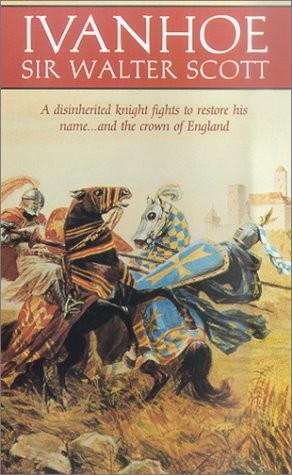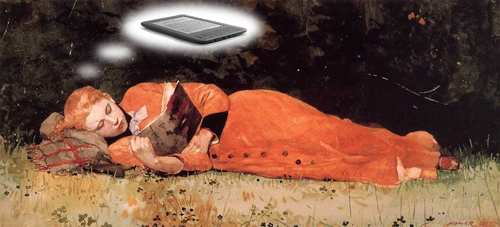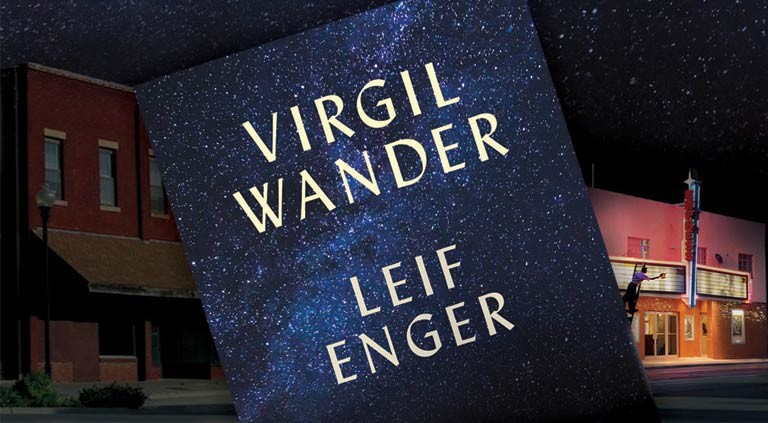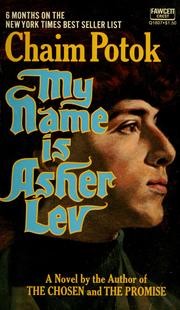Ivanhoe
 Somehow, I had missed this famous tale! Since we are focusing on medieval history this year in our homeschool, I decided to pluck my copy of Ivanhoe from the shelf and read it aloud to the girls. It showed great faith in Sir Walter Scott, given that I have read only one of his novels (Old Mortality), and given that Twain named the sinking ship in Huckleberry Finn after him. (One of those details that has lodged in my brain for all time, for unknown reasons. Why I remember that, but forget many more important things, I will never understand…)
Somehow, I had missed this famous tale! Since we are focusing on medieval history this year in our homeschool, I decided to pluck my copy of Ivanhoe from the shelf and read it aloud to the girls. It showed great faith in Sir Walter Scott, given that I have read only one of his novels (Old Mortality), and given that Twain named the sinking ship in Huckleberry Finn after him. (One of those details that has lodged in my brain for all time, for unknown reasons. Why I remember that, but forget many more important things, I will never understand…)
What an adventure! The plot revolves around the family of Cedric the Saxon, father to Ivanhoe. A parallel figure to Cedric is Richard the Lionheart, the Norman king for whom Ivanhoe fights in the failed third Crusade. Ivanhoe loses Cedric’s favor over this, but gains Richard’s.
There are a couple of love triangles in the book, too. (I wish I could draw a diagram…) Ivanhoe and Athelstane love the Lady Rowena; Cedric prefers the latter, because of his Saxon lineage. Rowena and a lovely and interesting Jewish maiden named Rebecca both love Ivanhoe. Ivanhoe and a fiery, proud Knight Templar named Brian de Bois-Guilbert are both drawn to Rebecca, but neither attraction is permissible because of the anti-Semitism of the time. So these many triangles help to establish an interesting structure to the novel.
The plot is as exciting as they come: kidnappings, a flame-engulfed castle, a return from the grave, plenty of chivalric speeches and tournaments, and an extensive cast of characters that includes King Richard, his brother John, and Robin Hood and company all work together in this tale that ignited the 19th century’s fascination with knights and castles. Though filled with detailed (sometimes ponderously so) description and elevated diction, the story enthralled my daughters. I read a chapter a day, and because I am not used to talking for so long, I would invariably start coughing 2/3 of the way through. This became known as “the Ivanhoe tickle,” which would inspire one or the other daughter to run for water.
Just over halfway through, I checked out the audiobook at the library. I enjoyed reading it aloud more, I think, but the girls were impatient with the slow pace. In the end, I was glad to have surrendered to the expert audiobook reader, because I would have been uncomfortable reading much of the second half aloud: the passionate and confused behavior of Rebecca’s captor, the many anti-Semitic statements and stereotypes, the religious hypocrisy, and the terrible plight of one character who is trapped inside the burning castle are just a few such elements. It was similar to when we listened to The Adventures of Huckleberry Finn and heard the story’s racism. One can hear or read it and acknowledge it as historical fact, but to say it aloud oneself almost feels like an endorsement or sanction.
It was striking to me that Ivanhoe, after whom the story is named, and the Lady Rowena, seem like mere ghosts compared to the much more dramatic and developed characters of Rebecca and Brian de Bois Guilbert. Rebecca’s courage and character, and the Templar’s conflict between passionate admiration and condescension, make them both tragic figures.
Overall, I loved Ivanhoe. It gave me the sense of getting in on the ground floor of the knights and castles craze. Scott tells a captivating story and lays bare the futility and contradiction of much in the honor code of both Knights Templar, and the Laws of Chivalry. Though some have argued that Scott’s vision laid the groundwork for the South’s defeat in the Civil War by exalting chivalric values, I felt Scott depicted their flaws honestly in the exciting package of Ivanhoe.




3 Comments
Jeane
I know I have read this a very long time ago, I can only remember it vaguely. I had completely forgotten that Robin Hood was a figure in the story! it’s one I’ve always meant to read again someday.
Barbara H.
This was one of the first audiobooks I listened to a few years ago. Every now and then I get a craving to read something medieval. :-) I’ve forgotten so much of it already, though.
Sarahelisabeth
This sounds fascinating. I’ve never read any of Scott but should probably start with Ivanhoe. I suspect that it would be too old for my children at present which is a shame as we are studying the Middle Ages at present.
I found this via a Saturday Review of Books.